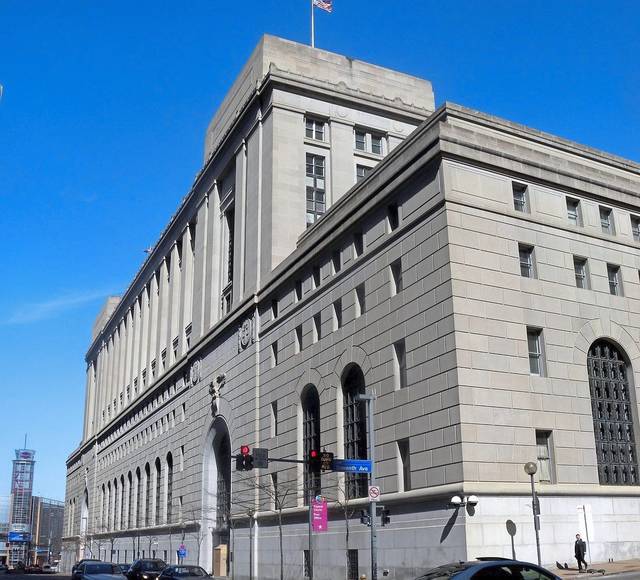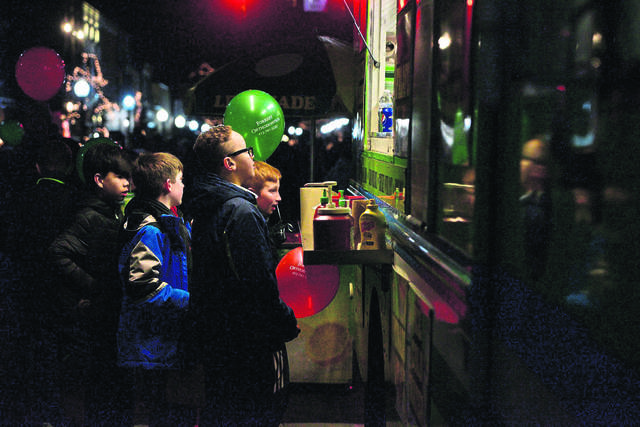The history of orchestras is often traced through their music directors, but guest conductors can play a big role, too, and often for longer than any music director lasts.
Leonard Slatkin has been taking to the Heinz Hall podium for more than 40 years, bringing stimulating programming and many great performances. His advocacy for classic and contemporary American music has been invaluable. So, too, is the curiosity that led him to present other orchestrations of “Pictures at an Exhibition” to complement the familiar one by Maurice Ravel.
Slatkin will conduct the Pittsburgh Symphony Orchestra on April 12 and 14 at Pittsburgh’s Heinz Hall. The program is Slatkin’s “Kinah,” Sergei Rachmaninoff’s Piano Concerto No. 4 with Garrick Ohlsson as soloist, and Sir Edward Elgar’s “Enigma” Variations.
Ohlsson’s performance will complete the symphony’s project to present all of Rachmaninoff’s music for solo piano and orchestra, as well as Ohlsson’s own traversal of Rachmaninoff’s concertos over many years at Heinz Hall.
Slatkin’s “Kinah” (Hebrew for elegy) was written in 2015 and is dedicated to the memory his parents, both important musicians. The concerts will be the first time he conducts his own music in Pittsburgh.”
“I have been writing music since my high school days,” the Los Angeles native says. “My principal composition teacher back then was Mario Castelnuovo-Tedesco, the man who guided virtually all the great film composers at the time. There has never been a commission involved, and I don’t accept any money when my pieces are performed. They are written mostly because I have an idea that I wish to put down on paper. This one is a tribute to my parents.”
His father Felix Slatkin was a great violinist, conductor and arranger who worked mainly in Hollywood. His mother, Eleanor Aller, was a great cellist, for whom Erich Korngold wrote his Cello Concert. The conductor’s parents also founded one of the 20th century’s great chamber ensembles, the Hollywood String Quartet, which made many fabulous recordings now available on Testament CDs.
Two days before Felix Slatkin died in 1963, he rehearsed Johannes Brahms’ Double Concerto with his wife and orchestra, for which his 19-year-old son and future conductor was in attendance. In writing “Kinah,” he used bits of Brahms’ solo movement both harmonically and melodically.
Elgar’s popular “Enigma Variations” completes the symphony’s program. The variations are portraits of the English composer’s friends, a varied lot. Slatkin’s extensive experience making music in England has affected his view of this piece.
“I became much more focused on the friends Elgar depicted and their quirks,” he says. “This led me to realize that some of the variations are not all that kind. Emphasizing the amateur pianist who misses a lot of notes, Dorabella’s stutter, the intrusion of Mrs. Elgar in a complaining manner, made me consider the piece in a darker shade than usual. Perhaps sarcastic might be a better word.”
Among the enigmas of this piece the most insoluble has been the composer’s comment that “through and over the whole set another and larger theme ‘goes’ but is not played.”
Slatkin view is that “(d)espite the final variation representing the composer, I believe that the main theme’s counterpoint is also Elgar himself — always in four-note groups (Ed-ward El-gar), with emphasis on different syllables each time it is played, corresponding with Sir Edward’s name. And it is present in each variation, as a device meant to show that he was part of each character’s life, and vice versa.”











